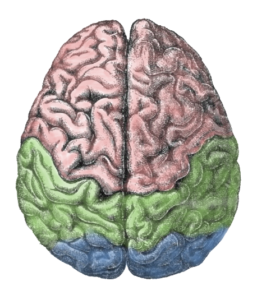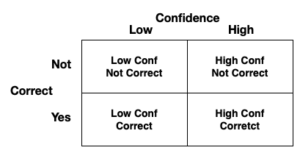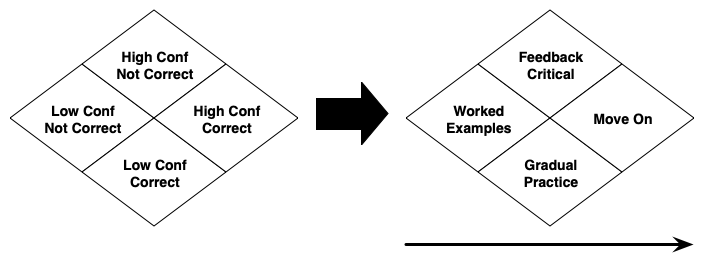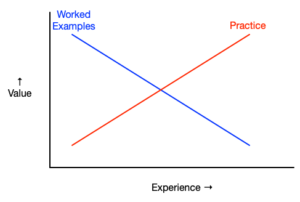 A recent chain of events led to a realization, and then a recognition, and some cogitation. What am I talking about? Well, it comes down to some reflections on blogging. So here’re some thoughts.
A recent chain of events led to a realization, and then a recognition, and some cogitation. What am I talking about? Well, it comes down to some reflections on blogging. So here’re some thoughts.
It started when my ISP wanted to do his quinquennial (yeah, I had to look it up) OS upgrade on the servers. Ultimately, it led me to review my site, which included my blogroll. Quelle horreur, it was almost completely out of date! Some people I’ve lost touch with, most who aren’t blogging any more or even in our field! In updating it, however, I found that there are many fewer people who seemed to be blogging. Which is interesting, though there are stalwarts in my upgraded blogroll.
There are lots of places people are putting up their prose thoughts. You can sign up for newsletters (I get a few), and many posts appear on LinkedIn. There are also article sites like Learning Solutions magazine and eLearnMag, amongst others. I have avoided having a newsletter; I don’t like the idea of collecting folks’ email addresses and using it as a communication tool. (Completely contrary to the advice I receive about marketing.) I also don’t want to post just on LinkedIn, though it’s an increasing way people interact. Instead, I will keep posting here, trying to maintain at least one post a week.
There are myriad reasons I want to continue to blog. First, it’s for me. With a commitment of one post a week, it causes me to search for things to think, and then write, about. Not that there’s a dearth (to the contrary!), but there are ups and downs, and it’s good to have a driver. Blogging has caused me to do more than skim, and actually synthesize things (it’s led me to have thoughts on just about everything!). It’s also a place to lob my other way of thinking, diagramming. The practice of writing, of course, is probably good for my books, with a caveat.
The blog allows me to be more personal, doing things like using too many italics, and use more idiosyncratic references and grammar. Of course, it’s not always perfectly reread, so sometimes I have to go edit it after it’s posted! Which isn’t good for books. It also keeps me terse (a problem I’ve had since high school, my AP English teacher was sure I wouldn’t pass the test for that reason, but it actually was a benefit). Maybe too… Which may be good for books; at least mine are mostly pretty short and to the point ;). It’s also allowed me to share interim ideas and get feedback.
So, I find blogging to be valuable. I’ll happily follow the folks that I can that way. (I use Feedblitz as an email aggregator as I prefer email rather than a dedicated reader.) Or happy to come across their posts wherever, and even some newsletters. I appreciate folks who share their thinking in many ways, though I don’t really listen to podcasts nor watch vids, as I can read faster, and I don’t have a commute. Besides, having watched people I care about get taken down the rabbit hole watching vids (my take: doesn’t give you time to pause and ponder), I think I’ll prefer prose.
So those are some thoughts on blogging. I welcome seeing your comments here, on LinkedIn, or any other way you care to share.







